How was ETH initially distributed
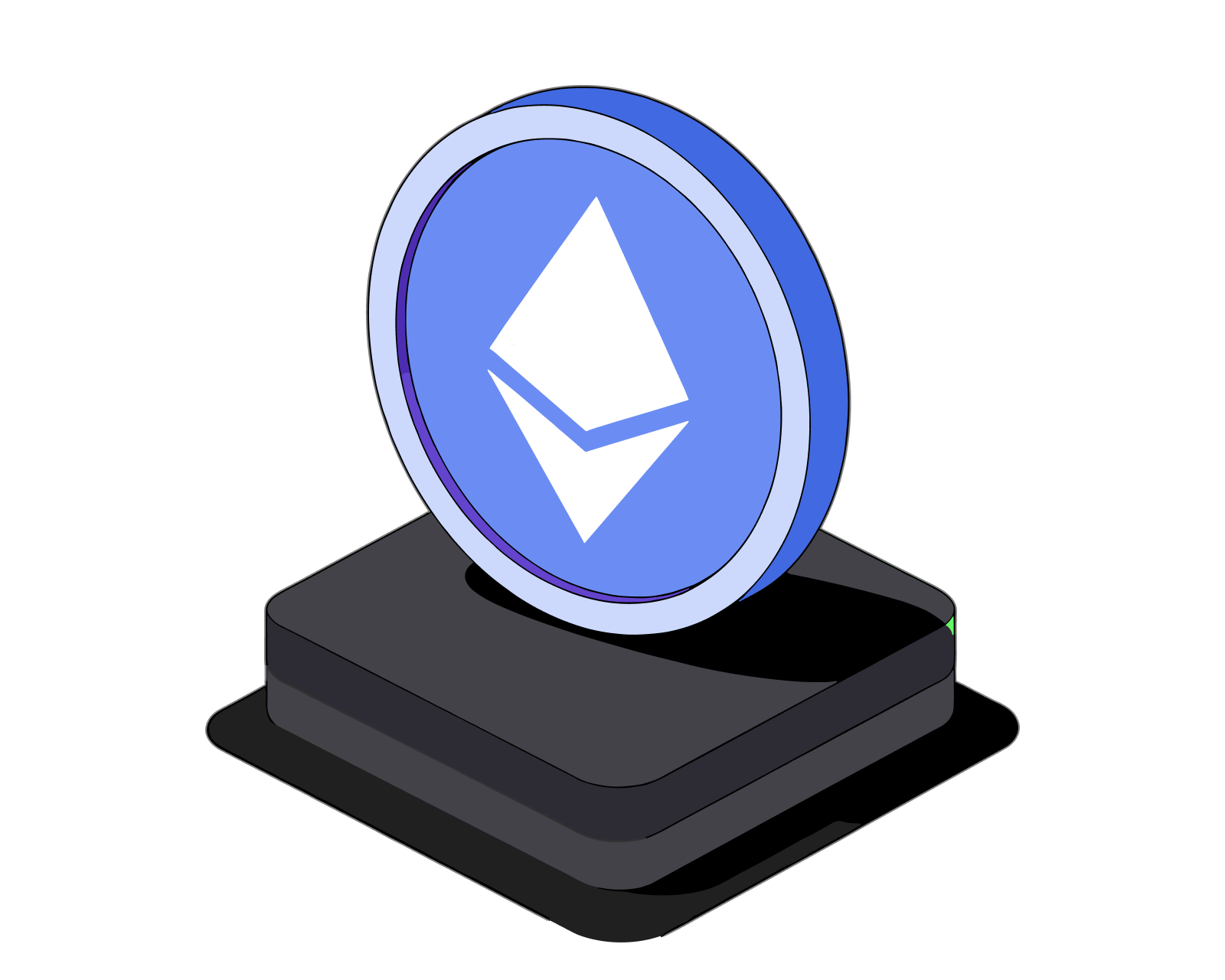
The Ethereum network started off with a supply of 72 million Ether (ETH). Eighty-three percent of that (60 million) was distributed to people who had purchased ETH in a crowd sale that was conducted in July and August of 2014. Crowdsale participants, who likely numbered in the low thousands at most, sent a total 31,000 bitcoin to a specified Bitcoin address in exchange for an Ethereum wallet address and a promise that, at network launch, they'd receive the ETH they purchased. Participants spent the equivalent of approximately $18 million, which put the sale price at an average of about $0.30 per ETH. The money raised in the crowd sale was used to pay for development of the Ethereum protocol, legal expenses, communications, and research.
Of the remaining 12 million ETH distributed at the launch of the network in 2015, half was split amongst 83 early contributors to the protocol based mostly on time contributed. The other half were set aside for the Ethereum Foundation, a non-profit organization tasked with promoting adoption and further development of the network.
The relatively small number of crowd sale participants meant that the initial distribution of ETH was concentrated. While, over time, ETH's distribution would become more widespread as early buyers sold off a portion of their holdings to new entrants and as supply was added by Proof of Work mining, ETH would remain highly concentrated for quite some time. For example, a report from blockchain analytics firm Chainalysis found that, as of May 2019, just 376 individuals controlled 33% of the circulating supply.
Why is this important?
Wide distribution of tokens is important for the health of a public blockchain primarily because it supports decentralization - a key value proposition of the technology. When tokens are widely distributed, the network is less susceptible to influence and collusion by a small group of participants, something that threatens the 'credible neutrality' of the network.
Read more: What is Ethereum's monetary policy?
Related guides
Start from here →

What is Ethereum?
Understand Ethereum's key characteristics.
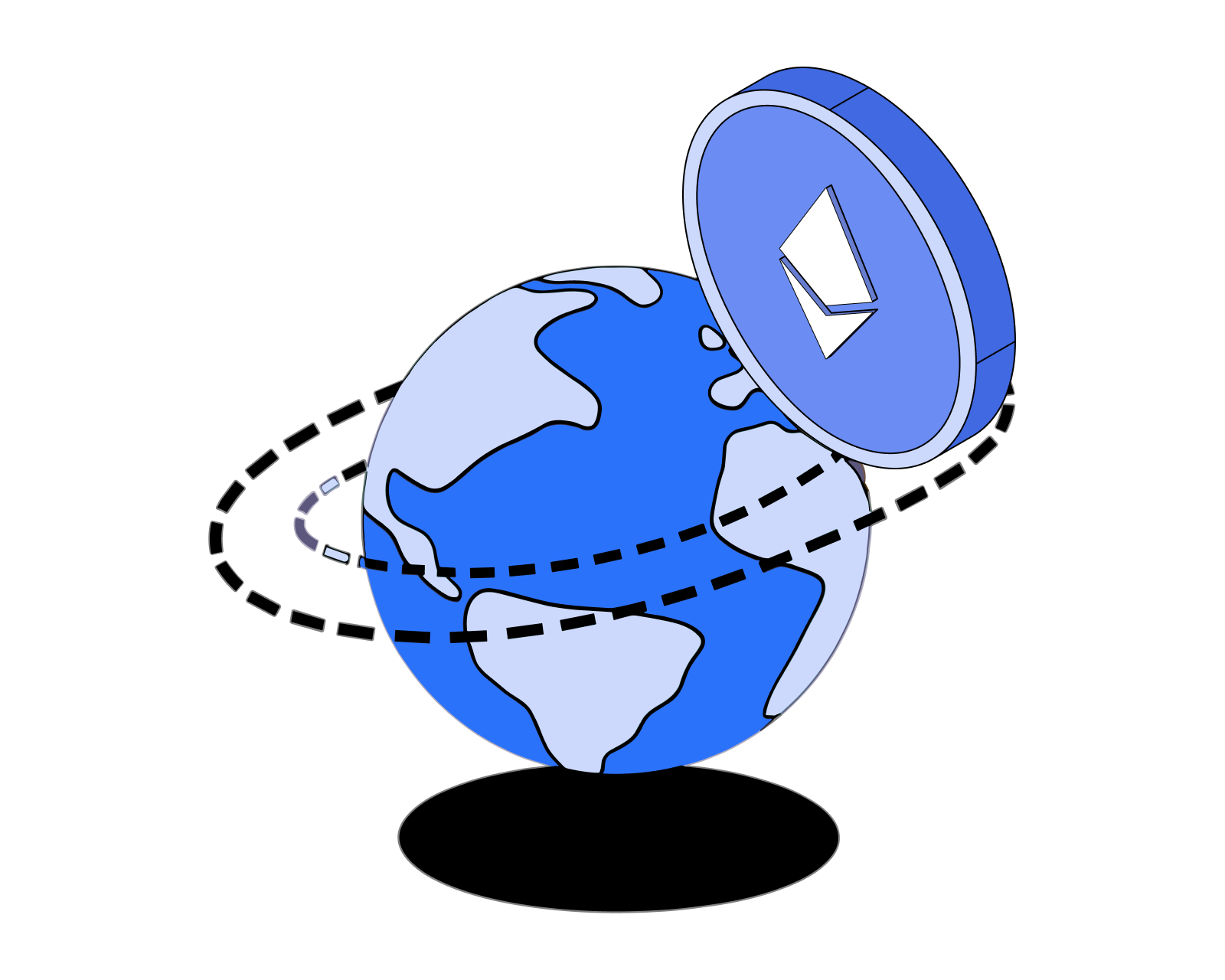

What is ETH used for?
Understand the function and utility of ETH.
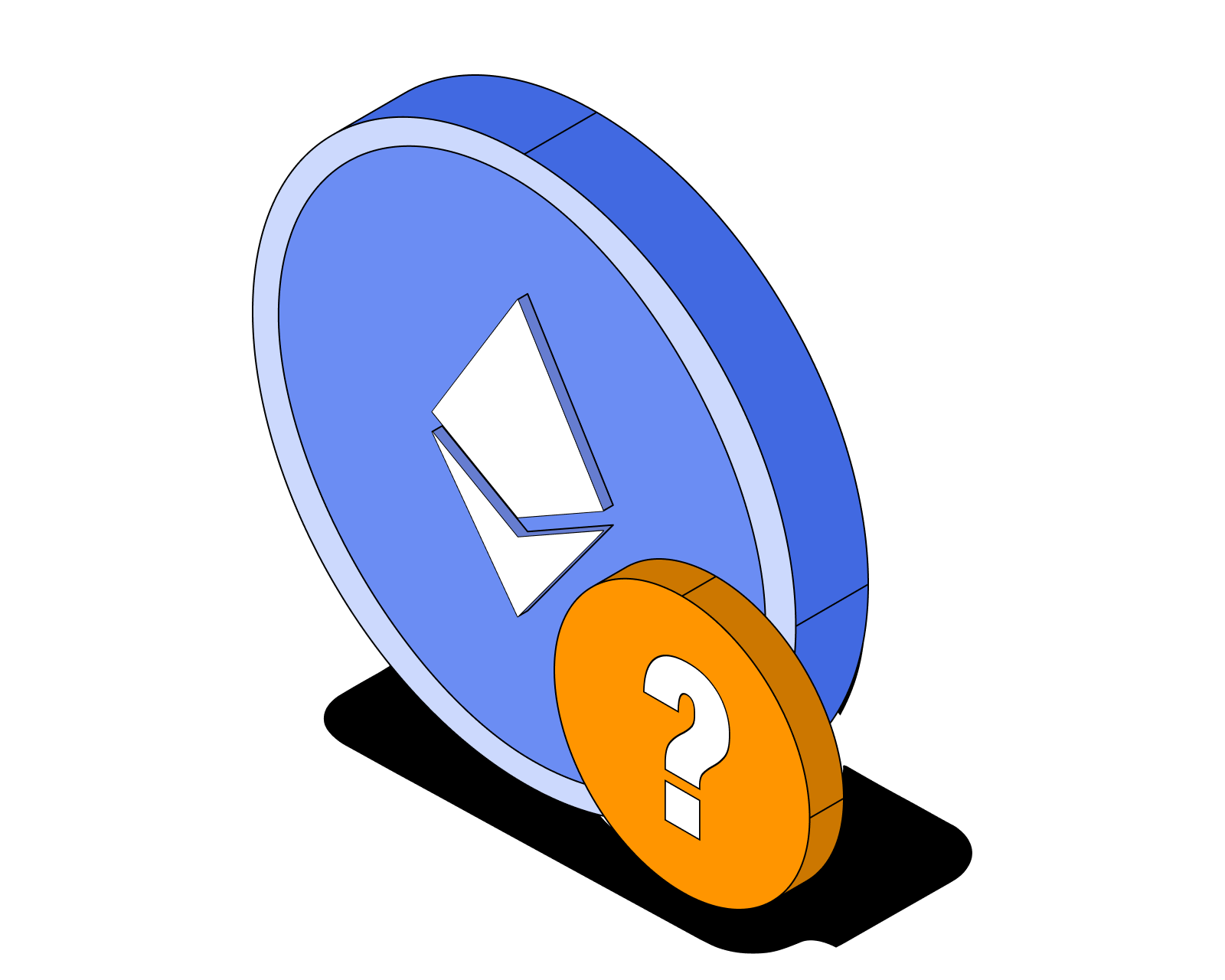
Who created Ethereum?
Understand the origin and early history of the Ethereum protocol.
Read this article →
Who created Ethereum?
Understand the origin and early history of the Ethereum protocol.

What's a smart contract?
Get the basics on the "software" that runs on decentralized networks.
Read this article →
What's a smart contract?
Get the basics on the "software" that runs on decentralized networks.

What are ERC-20 tokens?
Learn the basics of the Ethereum token standard, what ERC-20 tokens are used for, and how they work.
Read this article →
What are ERC-20 tokens?
Learn the basics of the Ethereum token standard, what ERC-20 tokens are used for, and how they work.

What is DeFi?
Learn what makes decentralized finance (DeFi) apps work and how they compare to traditional financial products.
Read this article →
What is DeFi?
Learn what makes decentralized finance (DeFi) apps work and how they compare to traditional financial products.
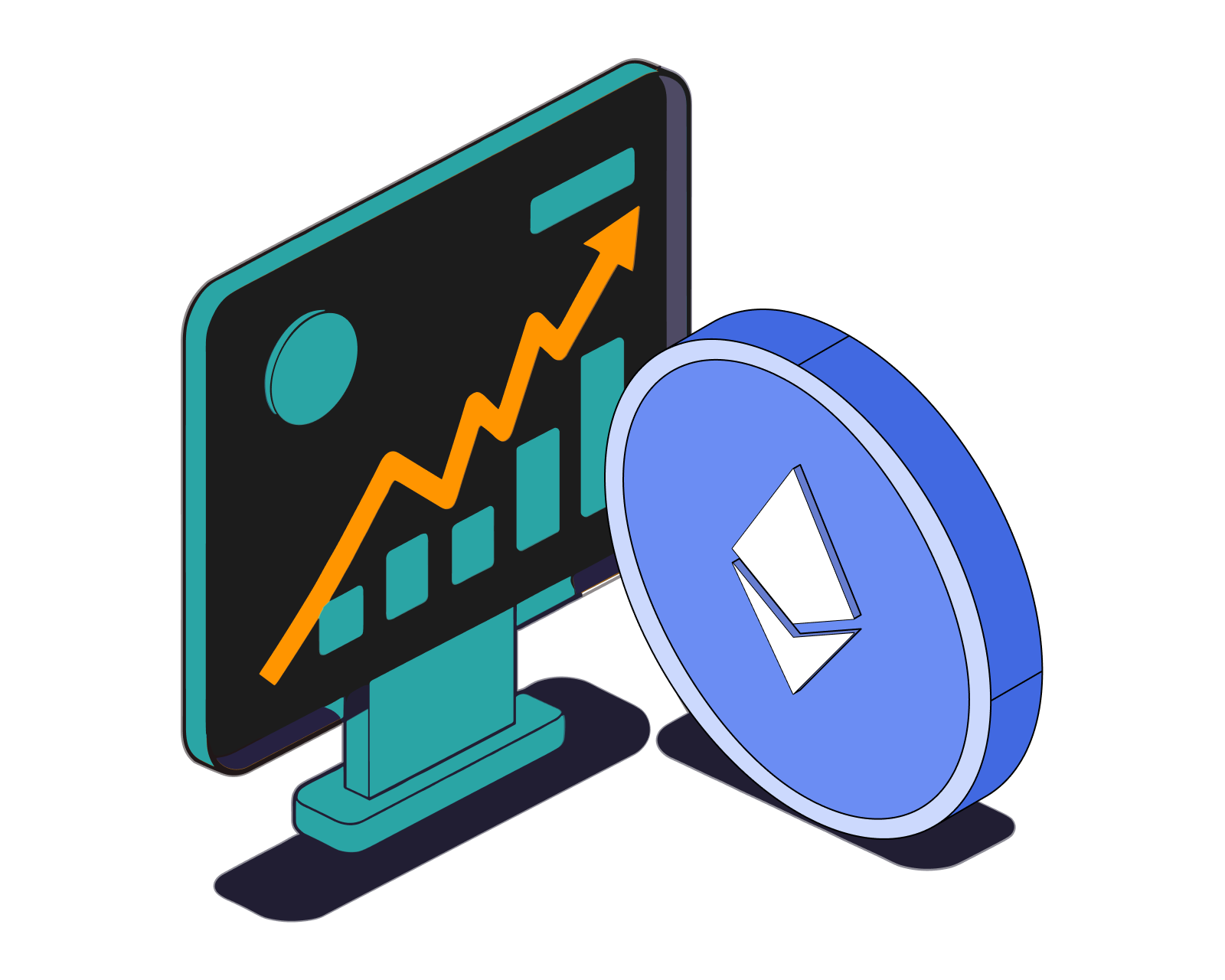
What is Ethereum's monetary policy?
Learn about the issuance rate of ETH and how it is governed.
Read this article →
What is Ethereum's monetary policy?
Learn about the issuance rate of ETH and how it is governed.
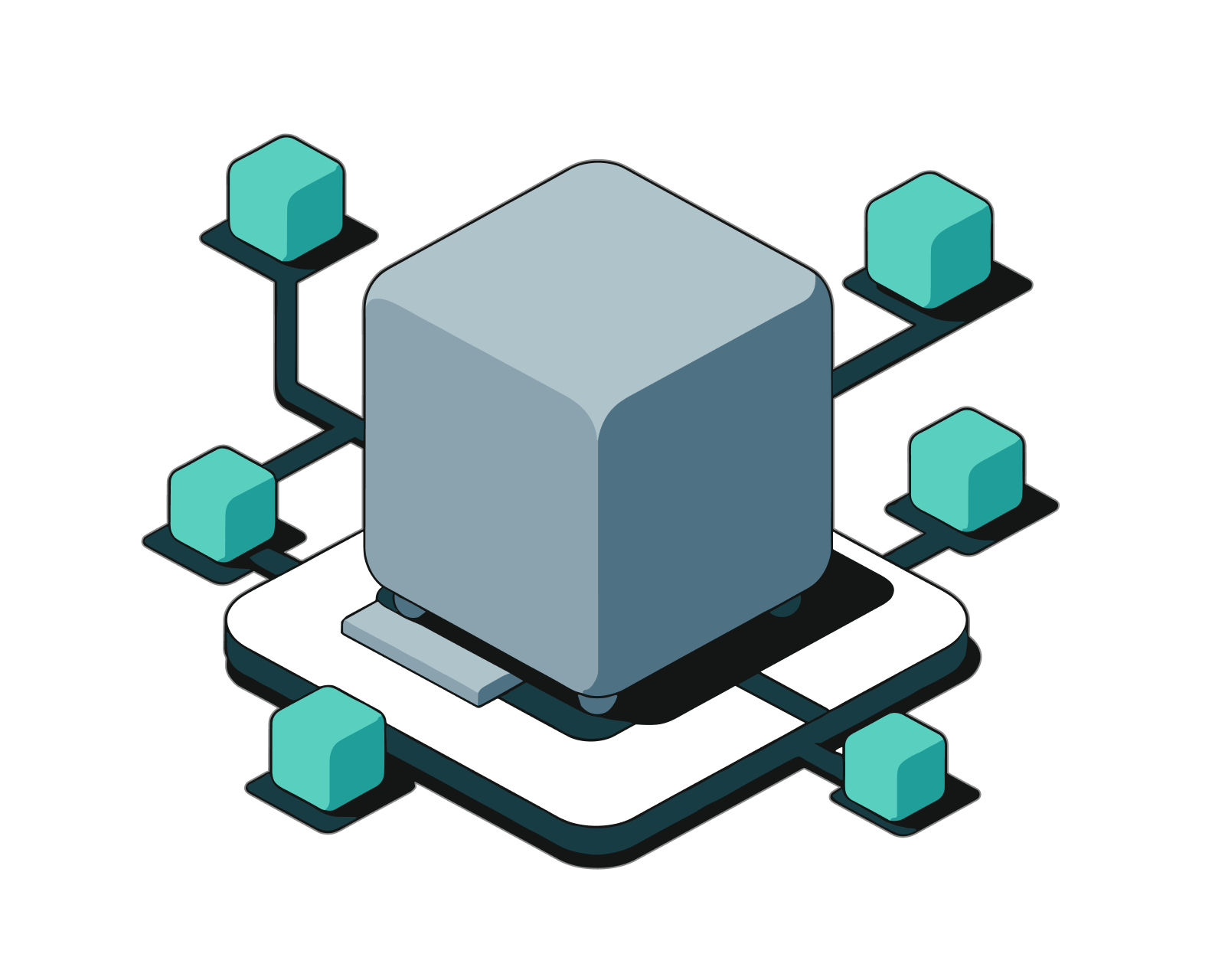
What is ETH gas and how do fees work in Ethereum?
Learn about the unit for measuring transaction fees in Ethereum, get details on the Ethereum fee market, and discover how to customize the fees you pay.
Read this article →
What is ETH gas and how do fees work in Ethereum?
Learn about the unit for measuring transaction fees in Ethereum, get details on the Ethereum fee market, and discover how to customize the fees you pay.
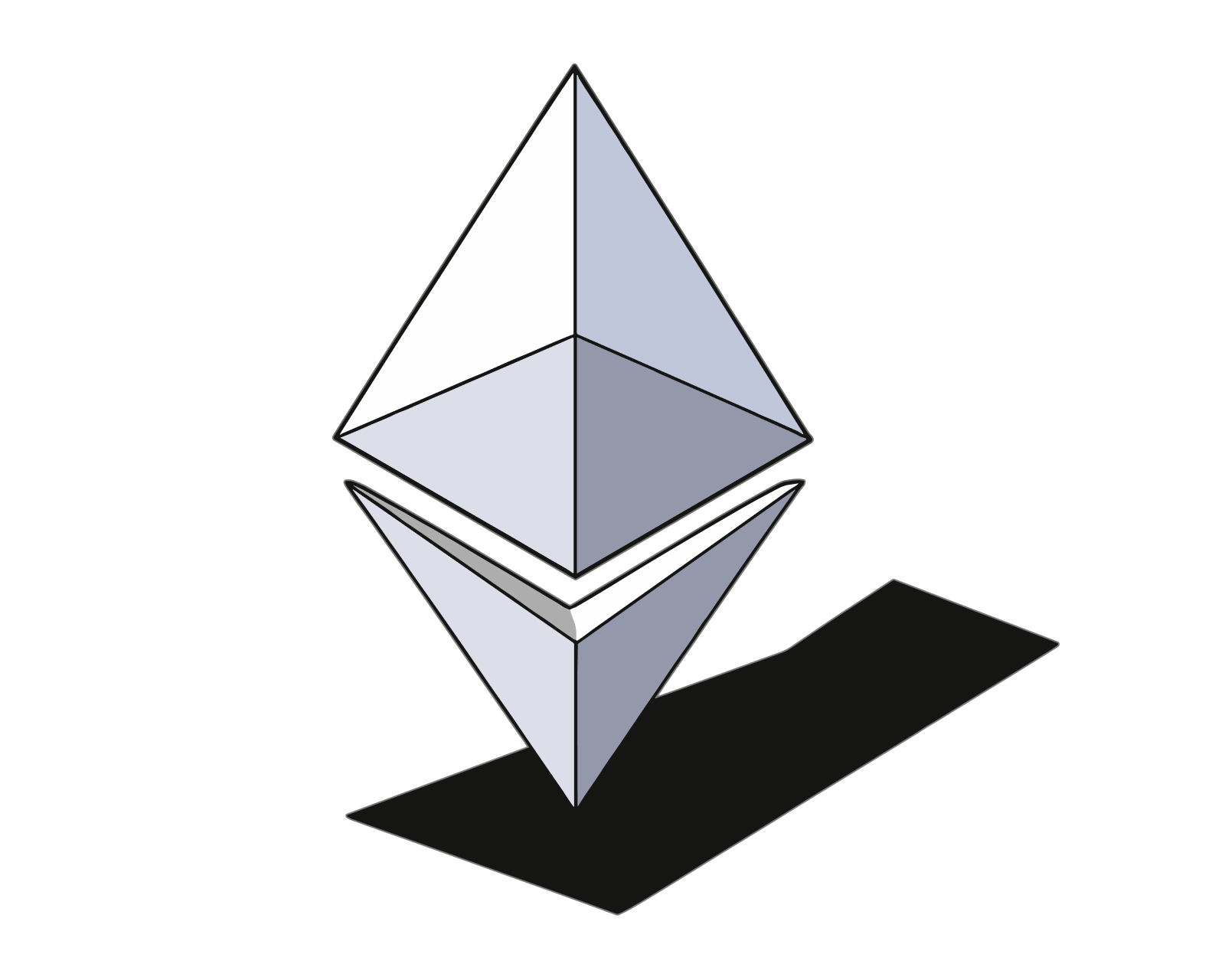
What is EIP 1559?
Understand how EIP 1559 overhauled the fee market in Ethereum and what it means for ETH's circulating supply.
Read this article →
What is EIP 1559?
Understand how EIP 1559 overhauled the fee market in Ethereum and what it means for ETH's circulating supply.

How does governance work in Ethereum?
Why governance is needed, Ethereum governance in practice, the concept of credible neutrality, and more.
Read this article →
How does governance work in Ethereum?
Why governance is needed, Ethereum governance in practice, the concept of credible neutrality, and more.
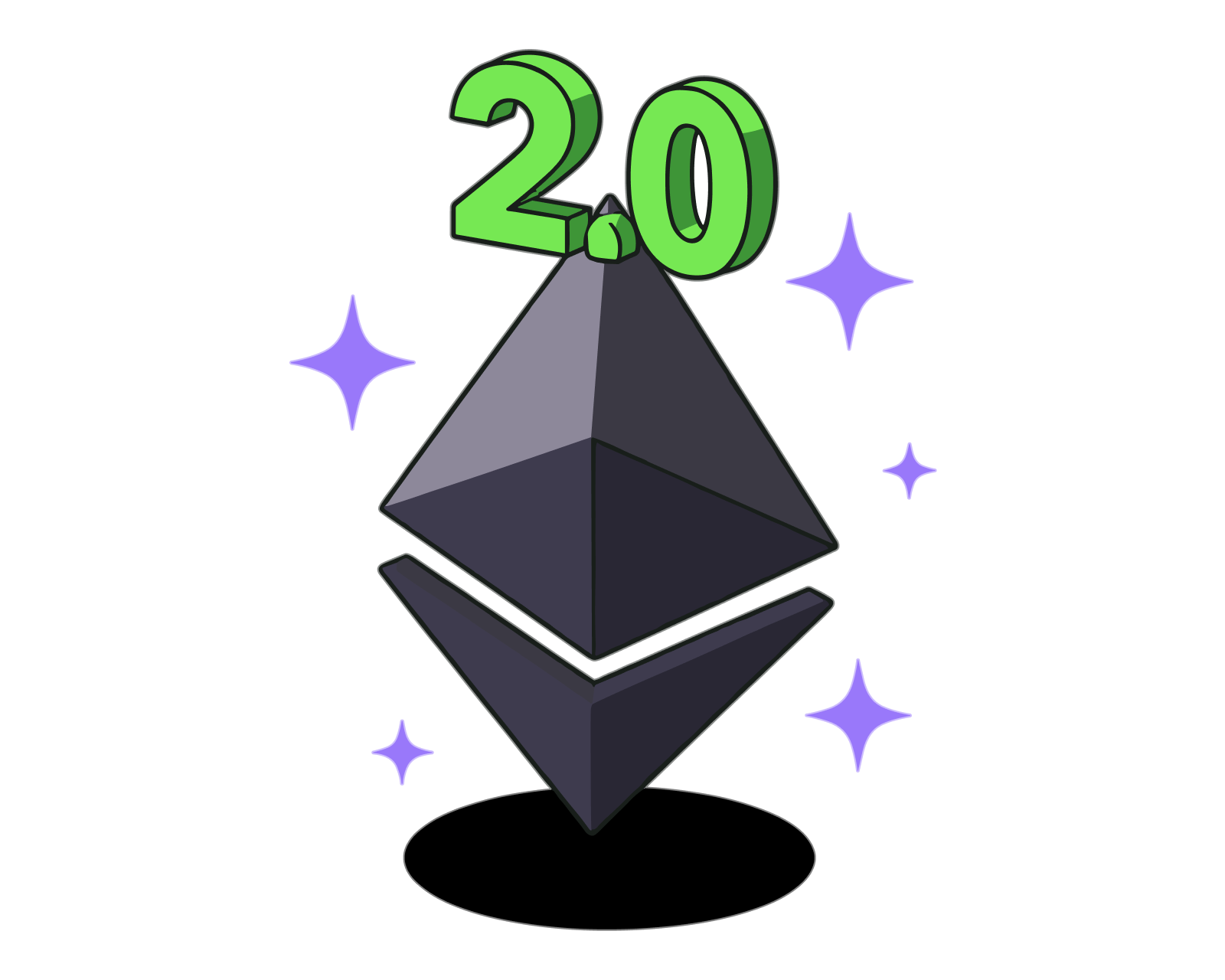
What is Ethereum 2.0?
Learn about Ethereum's attempt to solve the blockchain trilemma with a move to Proof of Stake, sharding, and more.
Read this article →
What is Ethereum 2.0?
Learn about Ethereum's attempt to solve the blockchain trilemma with a move to Proof of Stake, sharding, and more.
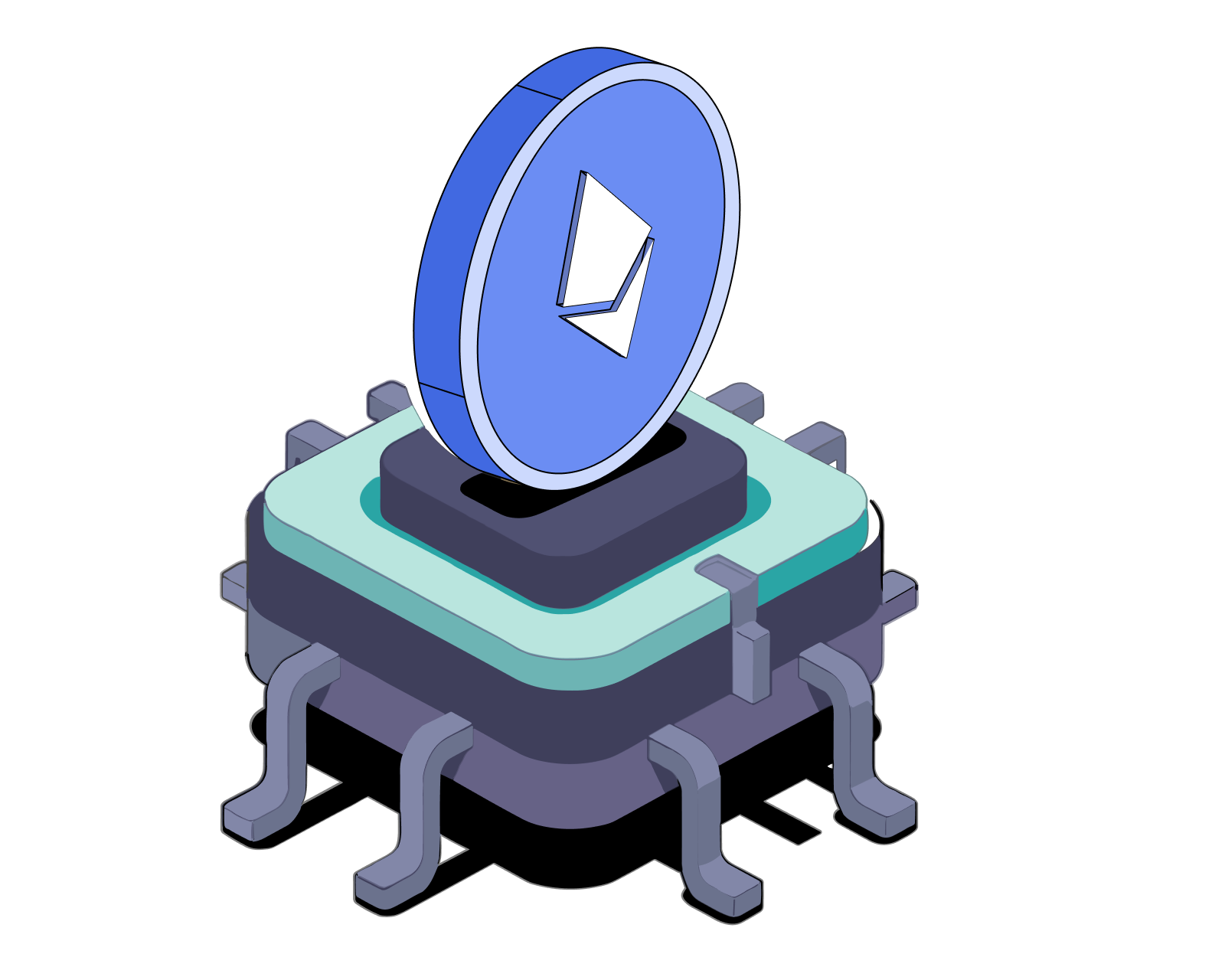
How to buy ETH
Learn how to buy ETH and hold it securely in a digital wallet you control.
Read this article →
How to buy ETH
Learn how to buy ETH and hold it securely in a digital wallet you control.
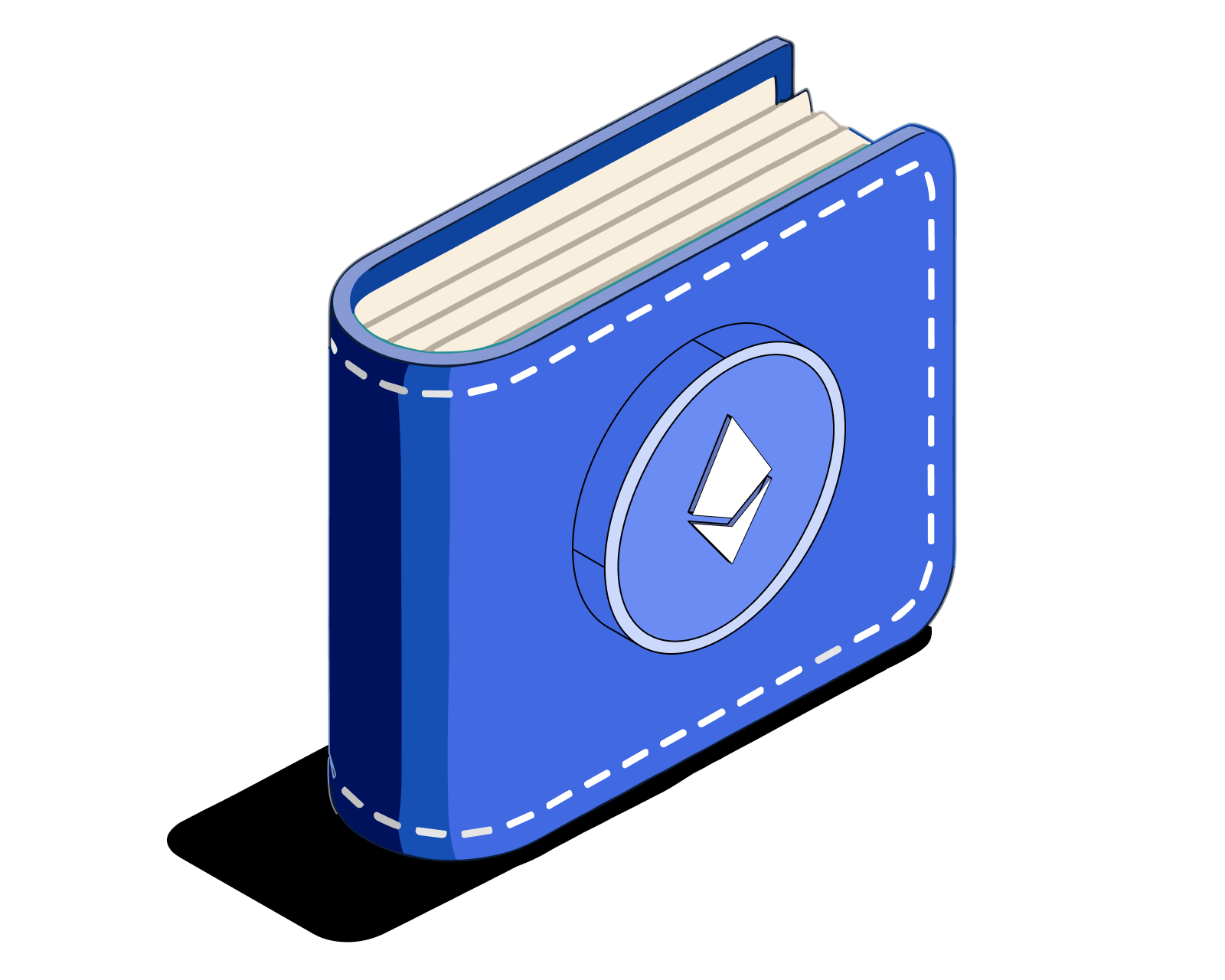
How to create an Ethereum wallet
Creating an Ethereum wallet is as easy as installing software on your mobile device or laptop/desktop.
Read this article →
How to create an Ethereum wallet
Creating an Ethereum wallet is as easy as installing software on your mobile device or laptop/desktop.
STAY AHEAD IN CRYPTO
Stay ahead in crypto with our weekly newsletter delivering the insights that matter most
Weekly crypto news, curated for you
Actionable insights and educational tips
Updates on products fueling economic freedom
No spam. Unsubscribe anytime.



Start investing safely with the Bitcoin.com Wallet
Over wallets created so far
Everything you need to buy, sell, trade, and invest your Bitcoin and cryptocurrency securely

© 2025 Saint Bitts LLC Bitcoin.com. All rights reserved


